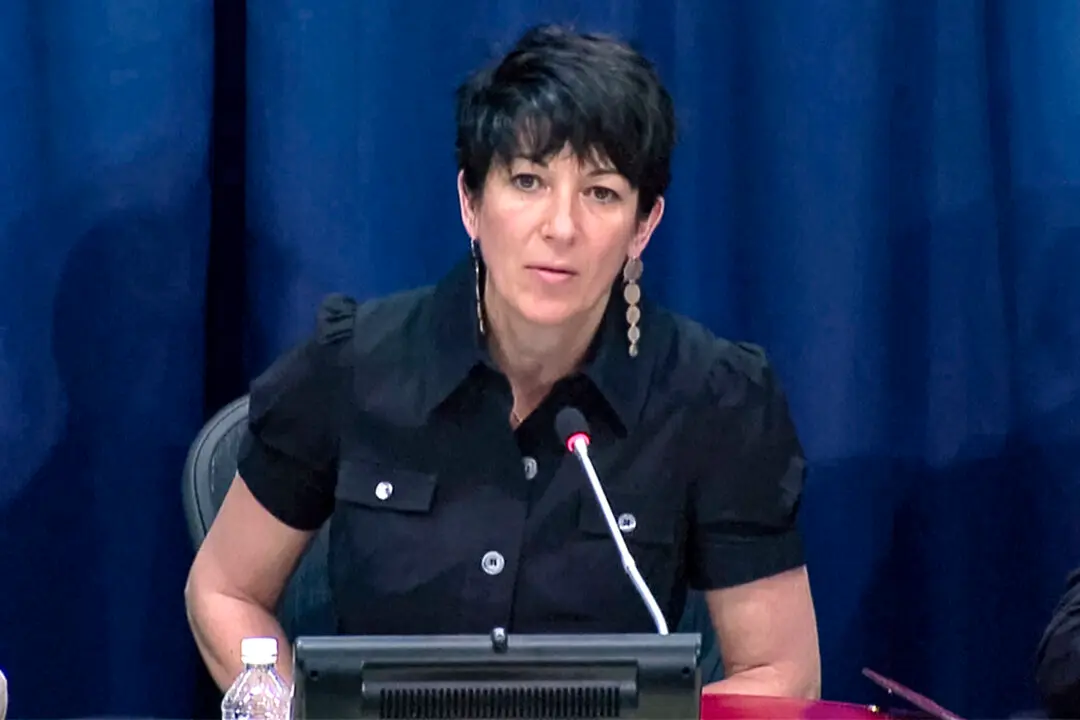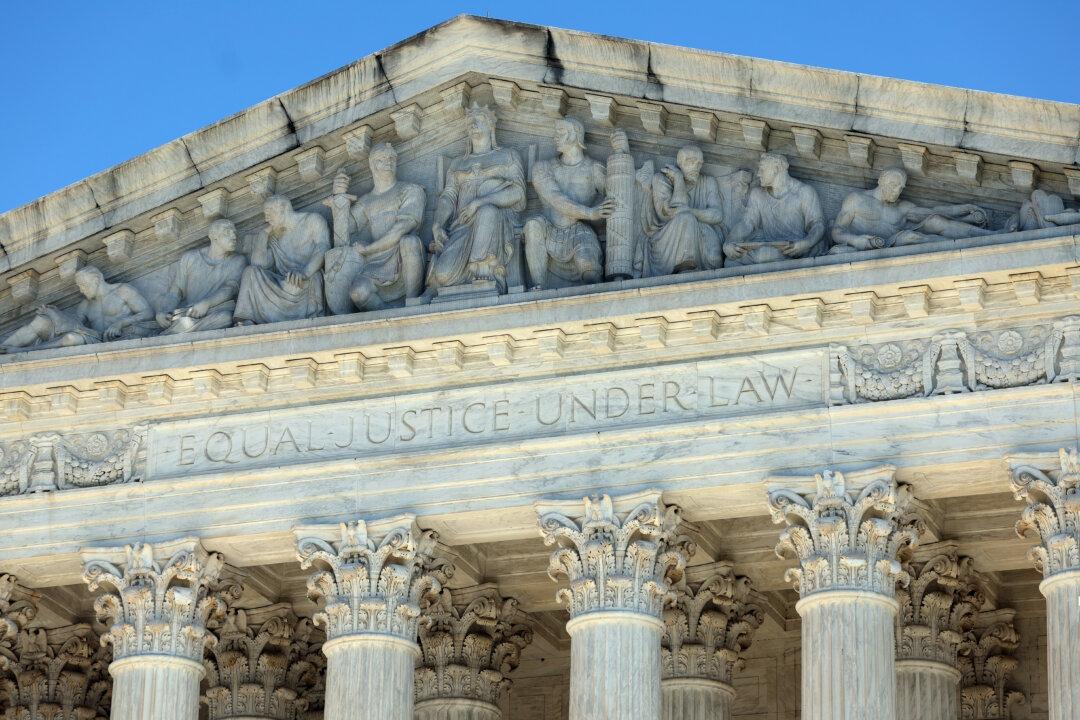The Supreme Court agreed on Jan. 24 to hear a challenge to the U.S. Environmental Protection Agency’s long-controversial claim that the presence of surface water on private property makes it a protected wetland subject to federal regulations.
The National Association of Home Builders and the U.S. Chamber of Commerce had urged the court to take up the case.
A ruling against the EPA could limit the reach of the Clean Water Act and allow Americans to relieve pressure on the red-hot housing market by building more new houses without becoming entangled in federal bureaucracy.
The high court agreed in an unsigned order to hear the case, Sackett v. EPA, an appeal from the U.S. Court of Appeals for the 9th Circuit.
In its order, the Supreme Court indicated it would consider, “Whether the Ninth Circuit set forth the proper test for determining whether wetlands are ‘waters of the United States’ under the Clean Water Act.”

The granting of the petition for review makes it the second major environmental case to be placed on the Supreme Court’s current docket.
On Feb. 28, the court will hear West Virginia v. EPA, a potentially landmark case that could finally place limits on the sweeping powers of the federal environmental agency that critics have long said is out of control.
Energy companies and Republican-led states asked the court to rein in the EPA’s authority to regulate emissions under the Clean Air Act.
In the case at hand, Chantell and Mike Sackett had started building a new home in Priest Lake, Idaho, when the EPA and Army Corps of Engineers suddenly ordered them to stop all work, insisting they needed a federal permit and threatening more than $30,000 in daily fines. The EPA had determined years before that the parcel of land in question contained wetlands.
The Sacketts have been fighting in court since 2007. The Supreme Court previously heard the Sacketts’ case and ruled 9-0 against the EPA in 2012.
In the new case, the Supreme Court will look at whether their lot contains “navigable waters” subject to federal control.
“The Sacketts’ ordeal is emblematic of all that has gone wrong with the implementation of the Clean Water Act,” said Damien Schiff, a senior attorney at Pacific Legal Foundation, a public interest law firm that represents the couple.
“The Sacketts’ lot lacks a surface water connection to any stream, creek, lake, or other water body, and it shouldn’t be subject to federal regulation and permitting. The Sacketts are delighted that the Court has agreed to take their case a second time, and hope the court rules to bring fairness, consistency, and a respect for private property rights to the Clean Water Act’s administration,” he said.
The Sacketts are asking the Supreme Court to revisit its 2006 ruling in Rapanos v. United States, which was a fractured plurality decision that created uncertainty about the applicable legal standard. Led by Scalia, four justices found that the Clean Water Act regulates a wetland only if it has a continuous surface connection to another waterway. Then-Justice Anthony Kennedy devised his own legal test, finding that the law covers wetlands that have a “significant nexus” to a larger body of water.
The Sacketts say the high court should make it easier to divine the meaning of the water-related rule and adopt Scalia’s test.
“Part of the significance of the Supreme Court’s decision to hear this case again is to redress this question about what is the controlling test for Clean Water Act wetlands jurisdiction, which is an issue that has bedeviled EPA and the Corps as well as lots of lower federal courts for 15, 16 years,” Schiff told The Epoch Times in an interview.
Schiff was optimistic.
“I think we will find an as receptive if not more receptive audience in the court today than we did” in previous years because the composition of the high court has changed, he said.
“Now you have, on balance, more justices who are particularly attuned to the importance of text in the statute, and at the same time to the importance of recognizing that the federal government is a government of limited powers, and that … as we saw, for example, in the vaccine cases just a few weeks ago, that the court doesn’t just assume that the Congress wants federal agencies to have vast powers of economic and social significance,” Schiff said.
“Yet that’s essentially what EPA and the Army Corps have done over the last several decades,” interpreting “statutes to give them vast authority over almost any type of land use activity,” he added.
The Epoch Times reached out to the EPA for comment but had not received a reply as of press time.





